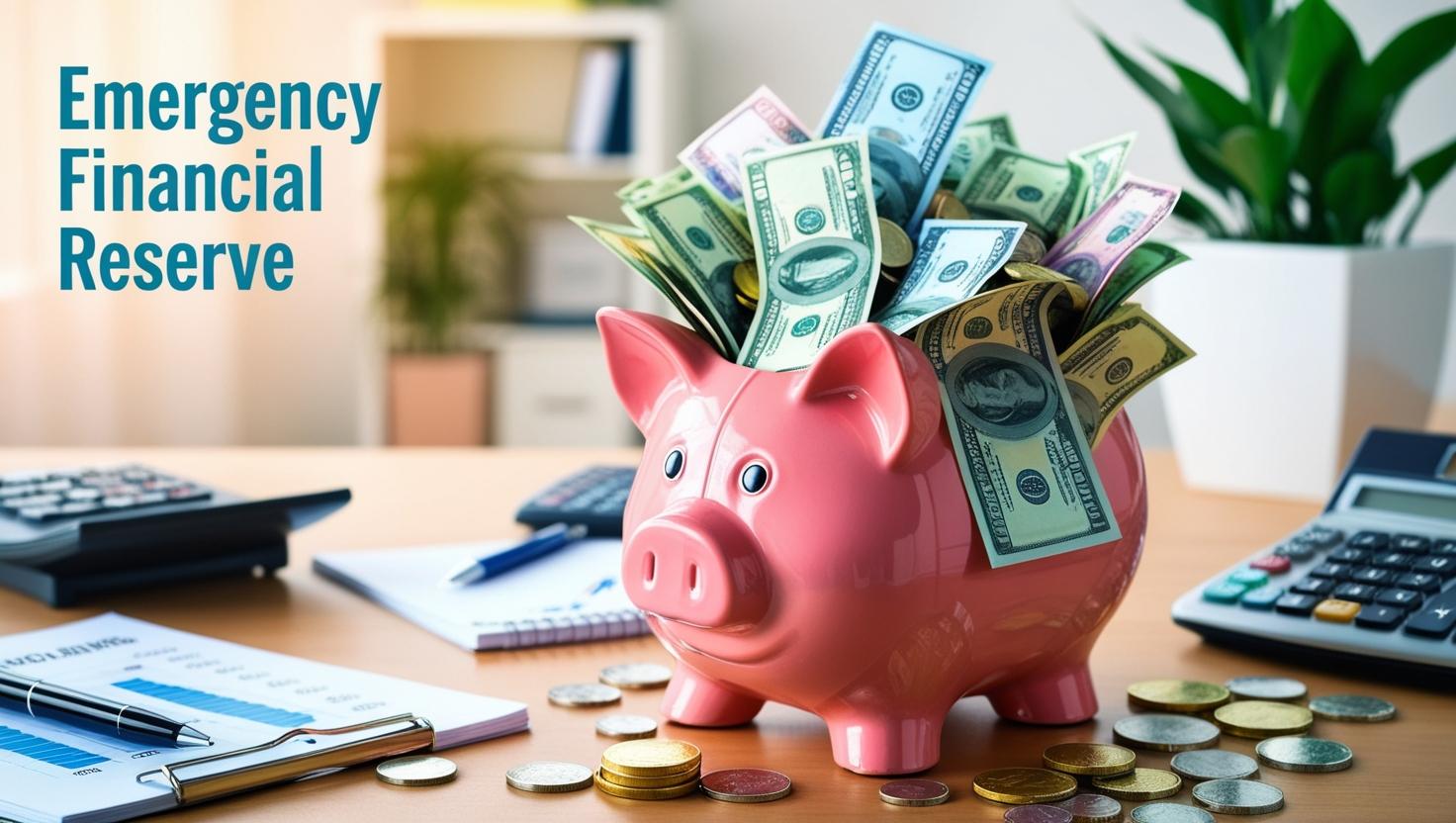Life is full of unexpected surprises—job loss, medical expenses, car repairs, or urgent home maintenance. Without an emergency fund, these situations can cause financial stress or even force you into debt.
An emergency fund is a financial safety net that helps you handle unexpected expenses without relying on credit cards or loans. In this guide, you’ll learn why an emergency fund is important, how much to save, and practical steps to build one from zero.
1. What Is an Emergency Fund?
An emergency fund is money set aside specifically for unexpected financial emergencies. It ensures that you can cover urgent expenses without going into debt.
What It’s For:
✔ Medical emergencies.
✔ Car or home repairs.
✔ Job loss or sudden income loss.
✔ Unexpected bills (taxes, legal fees).
What It’s NOT For:
❌ Vacations.
❌ Shopping or entertainment.
❌ Investing in stocks or businesses.
The goal is to have cash available when you need it most.
2. How Much Should You Save in an Emergency Fund?
The amount you need depends on your lifestyle and financial situation.
Basic Emergency Fund (Starter Goal)
✅ $500–$1,000 → Covers small emergencies like car repairs or medical bills.
Full Emergency Fund (3–6 Months of Expenses)
✅ 3 months of expenses → If you have stable income and low risk of job loss.
✅ 6 months of expenses → If you’re self-employed or have an unpredictable income.
Example:
- If your monthly expenses are $2,000, you need:
✔ $6,000 (for 3 months).
✔ $12,000 (for 6 months).
The more financial security you want, the bigger your emergency fund should be.
3. Where to Keep Your Emergency Fund
Your emergency fund should be easily accessible but separate from your daily spending money.
Best Places to Store It:
✔ High-yield savings account → Safe and earns interest.
✔ Money market account → Similar to savings, but with higher returns.
✔ Separate checking account → Quick access, but low interest.
Where NOT to Keep It:
❌ Stock market → Risky; can lose value in a downturn.
❌ Cryptocurrency → Too volatile for emergency savings.
❌ Under your mattress → No interest, risk of loss or theft.
�� Goal: Quick access while keeping money safe and growing slightly.
4. Steps to Build an Emergency Fund from Zero
1. Set a Clear Savings Goal
Decide on a specific amount ($1,000, 3 months, or 6 months of expenses).
✔ Start with small milestones → First $500, then $1,000, then increase.
2. Cut Unnecessary Expenses
Find extra money by reducing non-essential spending.
✔ Cook at home instead of eating out.
✔ Cancel unused subscriptions (streaming, gym, magazines).
✔ Buy generic brands instead of name brands.
✔ Reduce impulse shopping and online spending.
Example: If you cut $50 per week, you’ll save $2,600 per year!
3. Automate Your Savings
Make saving effortless by automating a portion of your income.
✔ Set up automatic transfers from your checking account to a savings account.
✔ Save a fixed amount each payday ($50, $100, or more).
✔ Use round-up apps that round up purchases and save the difference.
Example: If you automate $100 per month, you’ll have $1,200 saved in a year!
4. Earn Extra Income
If your budget is tight, increase your income to fund your emergency savings.
✔ Side hustles → Freelancing, tutoring, selling online, pet sitting.
✔ Part-time job → Extra income dedicated to savings.
✔ Sell unused items → Clothes, electronics, furniture.
Example: If you make an extra $200 per month, you can reach $1,000+ in just 5 months.
5. Use Windfalls Wisely
Unexpected money can boost your savings instantly.
✔ Tax refunds.
✔ Work bonuses.
✔ Gifts or inheritance.
Instead of spending windfalls, deposit them into your emergency fund!
5. What to Do After Reaching Your Emergency Fund Goal?
Once you’ve built your emergency fund, follow these steps:
✔ Keep it replenished → If you use it, refill it ASAP.
✔ Don’t touch it unless it’s a real emergency.
✔ After reaching your goal, invest extra money → Grow wealth in stocks, real estate, or retirement accounts.
6. How Long Will It Take to Build an Emergency Fund?
It depends on your savings rate and income.
✔ Saving $50 per week → $1,000 in 5 months.
✔ Saving $200 per month → $1,200 in 6 months.
✔ Side hustle earns $300 per month → $3,600 per year.
The more you save, the faster you’ll be financially secure!
Final Thoughts
Building an emergency fund is the first step toward financial security. Even if you start small, consistency will help you reach your goal and protect yourself from unexpected financial shocks.
How much do you have saved for emergencies? Let me know in the comments!

